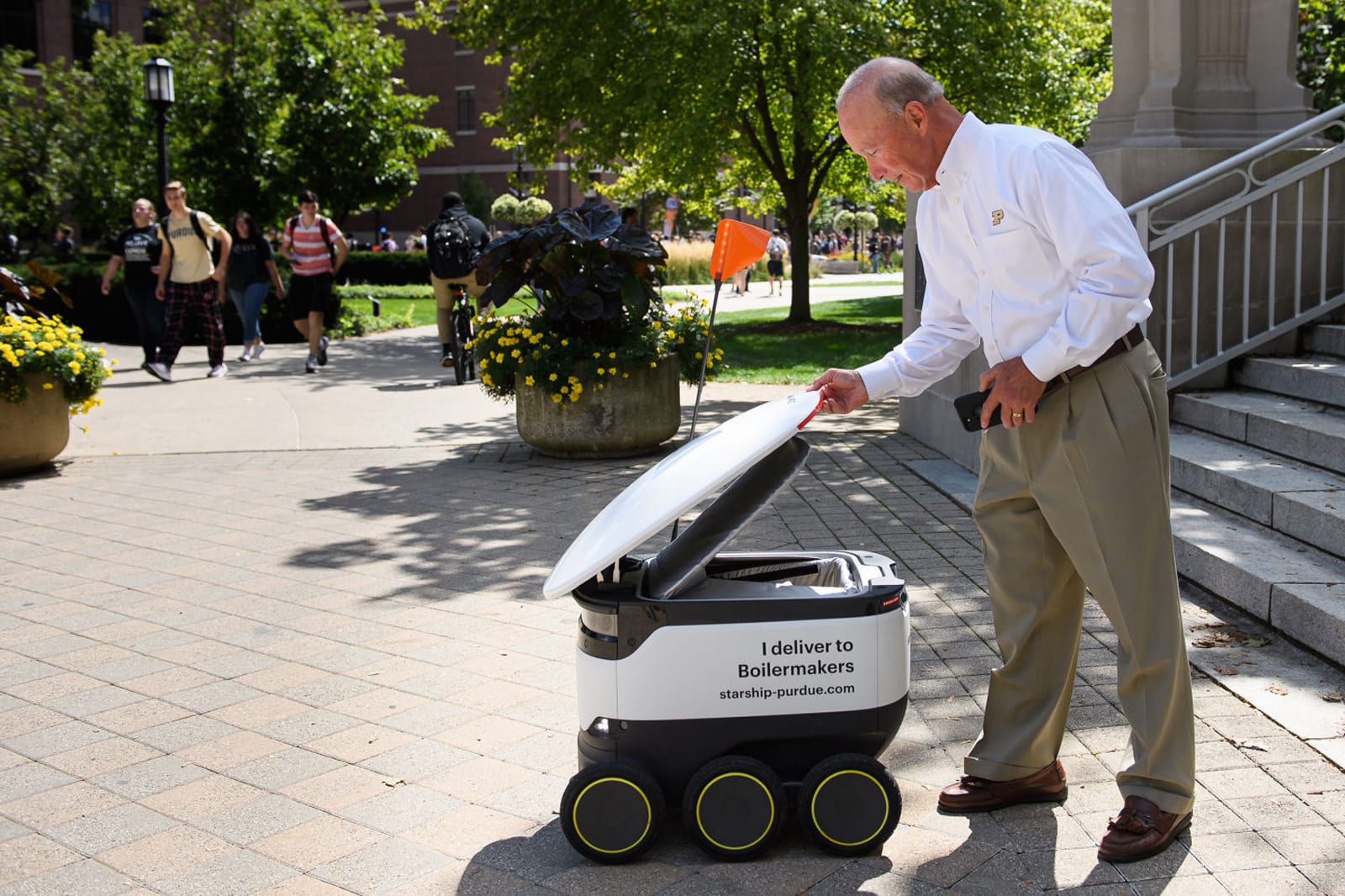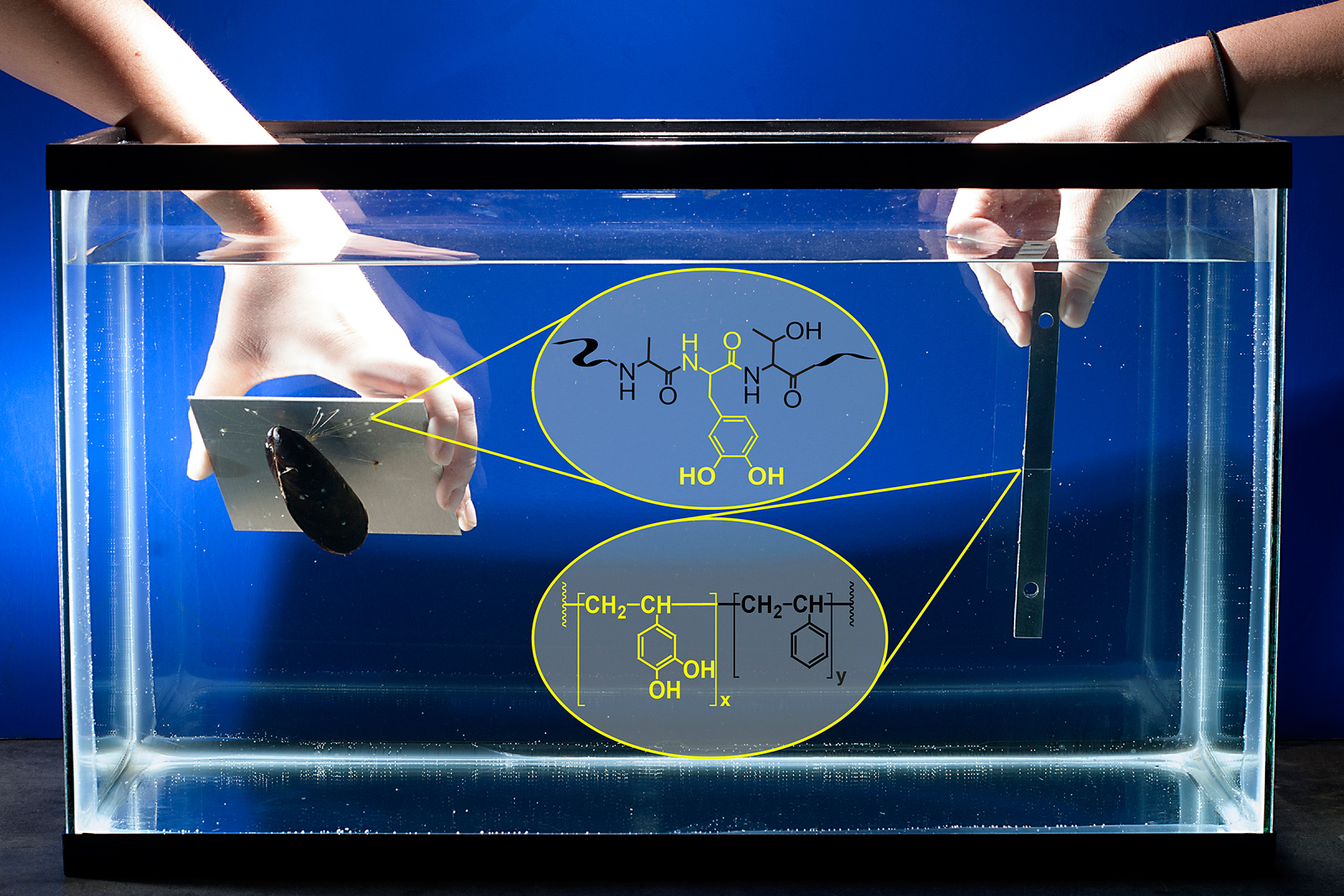
Universities aren't just places for students to cut classes and enjoy themselves before eventually embarking on careers. They are also places where problems get solved, like the one facing runners who find it hard to read on the jog. That bane is the focus of a group of researchers at Purdue University, who are working on a system called ReadingMate, which moves text on a display in reaction to the bobbing head of a runner to stabilize what's being seen. The screen is sent information from a pair of infrared LED-equipped glasses, but it's not as simple as shifting text in time with head movement -- your eyes are performing corrections of their own, so the words dance slightly out of sync with your noggin to take this into account. It's performed well in testing, and could have applications beyond the gym, such as in heavy machinery and aircraft, where vibration can hamper reading ability in important situations. Those uses make the most sense -- we don't often find ourselves eager to attack that next Twilight chapter during a near-death treadmill experience.
Filed under: Displays, Misc, Wearables, Software
Comments
Via: Gizmag
Source: Purdue University
 Starship's delivery robots have reached their largest school campus yet. Purdue students at the university's West Lafayette campus now have the option of ordering robot-delivered food that should arrive in "minutes." As at other schools, deliveries...
Starship's delivery robots have reached their largest school campus yet. Purdue students at the university's West Lafayette campus now have the option of ordering robot-delivered food that should arrive in "minutes." As at other schools, deliveries...
 Starship's delivery robots have reached their largest school campus yet. Purdue students at the university's West Lafayette campus now have the option of ordering robot-delivered food that should arrive in "minutes." As at other schools, deliveries...
Starship's delivery robots have reached their largest school campus yet. Purdue students at the university's West Lafayette campus now have the option of ordering robot-delivered food that should arrive in "minutes." As at other schools, deliveries...
 Rice may be one of the most plentiful crops on Earth, but there are only so many grains you can naturally obtain from a given plant. Scientists may have a straightforward answer to that problem: edit the plants to make them produce more. They've us...
Rice may be one of the most plentiful crops on Earth, but there are only so many grains you can naturally obtain from a given plant. Scientists may have a straightforward answer to that problem: edit the plants to make them produce more. They've us...
 Today on In Case You Missed It: Researchers from Purdue University and the Office of Naval Research teamed up to develop a new kind of glue that even works underwater. The synthetic compound is derived from proteins used by muscles to keep themse...
Today on In Case You Missed It: Researchers from Purdue University and the Office of Naval Research teamed up to develop a new kind of glue that even works underwater. The synthetic compound is derived from proteins used by muscles to keep themse...
 Even the strongest human-made glue tends to fail when you dunk it underwater. Purdue researchers, however, think they have a simple solution to this: imitate nature. They've developed a polymer adhesive that's based on the proteins mussels use to c...
Even the strongest human-made glue tends to fail when you dunk it underwater. Purdue researchers, however, think they have a simple solution to this: imitate nature. They've developed a polymer adhesive that's based on the proteins mussels use to c...
 The Big Ten Network announced on Thursday that it's adding a less conventional sport to its conference title coverage. Now, in addition to everything from baseball and basketball to football and field hockey, subscribers will be able to see their fav...
The Big Ten Network announced on Thursday that it's adding a less conventional sport to its conference title coverage. Now, in addition to everything from baseball and basketball to football and field hockey, subscribers will be able to see their fav...
 Researchers from Purdue University found a way for law enforcement to tap into any surveillance camera that's not password protected. As Wired points out though, the goal with this newly developed system isn't to help cops perform questionable acts,...
Researchers from Purdue University found a way for law enforcement to tap into any surveillance camera that's not password protected. As Wired points out though, the goal with this newly developed system isn't to help cops perform questionable acts,...
 By now, you've probably heard of the Zika fever. You know, the mosquito-carried malady that's been declared an international health emergency and can trigger miscarriage for pregnant women or microcephaly in fetuses. Well, researchers from Purdue Uni...
By now, you've probably heard of the Zika fever. You know, the mosquito-carried malady that's been declared an international health emergency and can trigger miscarriage for pregnant women or microcephaly in fetuses. Well, researchers from Purdue Uni...


